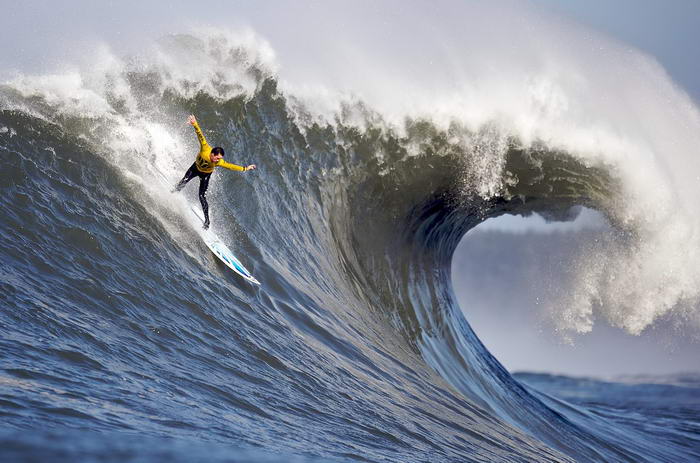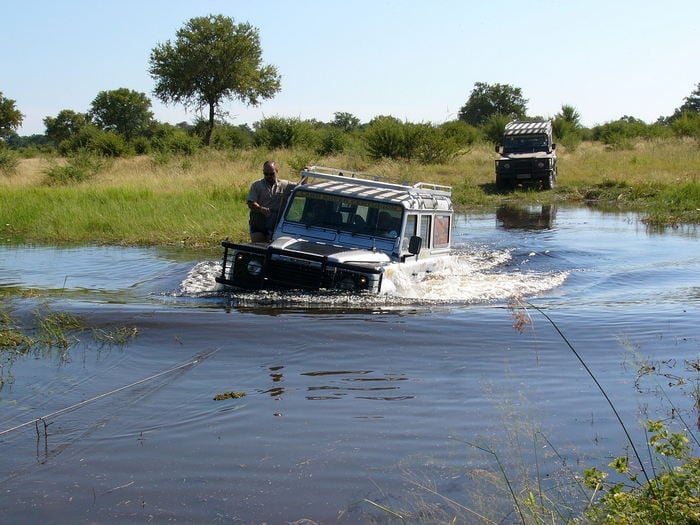We all know that our ancestors from ancient history loved their extreme sports and frankly insane games. If you look around the modern societies in the world though, it would seem this hasn’t changed much at all. We still love to test ourselves and see if we can push as close to the limits of human endurance as possible without actually dying.
We all have our thresholds for thrills. For some, a brisk morning jog is invigorating, while others crave the adrenaline rush that comes with jumping out of an airplane. The world of dangerous modern sports beckons thrill-seekers, providing a rush of excitement that few other experiences can match. But what makes a sport extreme or dangerous?
At its core, a sport is deemed “dangerous” when the risk of injury or fatality is significantly higher compared to other recreational activities. Participants often grapple with natural elements, from roaring waves to towering mountain peaks, demanding not only physical prowess but also intense mental focus. These activities frequently push human capabilities to their limits, defying gravity, speed, or other factors that would deter the average person. The allure? It’s a blend of challenging oneself, confronting fears, and experiencing nature in its rawest form.
Extreme sports aren’t just for adrenaline junkies leaping off cliffs with wingsuits. They can also include activities that might seem mundane but have hidden dangers. For instance, surfing, often associated with sun-soaked beaches and carefree vibes, can turn perilous when battling massive waves, with the ocean’s unpredictable nature adding a layer of risk.
Here are the ten most dangerous modern sports around right now:
10 – Cliff Diving

This is not the sport for you if you don’t like heights! Cliff Diving involves, well climbing up to the top of a big cliff and diving off it into the sea below. The very simplicity is its key as well as the sheer danger the divers are facing with every leap. According to statistics, around two-thirds of sporting related spinal cord injuries in the USA are sustained as a result of a diving incident. Injuries can occur, usually from hitting the cliff or rocks on the way down or not entering into the water properly. You don’t want to belly flop in from that height trust me!
09 – Hoi Phet

I’m not actually sure if this counts as a sport at all really but I had to include as its so unsafe. Played in the village of Hien Quan in Vietnam, the whole village come together in what is a mix of hockey and cricket with the violence turned up lots. Villagers wildly swing long wooden bats around in a vague attempt to hit the small red ball although it seems many use the game to settle old scores.
08 – Wife Carrying

07 – Tough Guy Challenge

06 – Buzkashi

05 – Base Jumping

04 – Heli-Skiing

03 – Cave Diving

02 – Big Wave Surfing

01 – Pamplona Bull Run

As you can see, people from ancient history don’t have the monopoly on coming up with interesting ways to spend their spare time. Modern extreme sports can offer just as much excitement and craziness as well as taking away the breath of onlookers. One thing is for sure – you need to think carefully about the dangers before deciding to take any up.
Confronting the Risks: Understanding the Dangers of Extreme Sports
Extreme sports, with their heart-pounding thrills and challenges, have always drawn those with a spirit of adventure. Yet, as enthralling as these sports may be, they come bundled with risks. Understanding these dangers is paramount for every enthusiast, from the rookie to the seasoned professional.
The environment, as beautiful as it can be, is also a prime challenge. Picture a surfer taking on colossal waves, looking to conquer the raw power of the ocean. Popular water sports, such as surfing or white-water rafting, expose participants to unpredictable currents and hidden obstacles beneath the water’s surface.
Equipment, the lifeline in many of these sports, can sometimes become a weak link. A slight malfunction in gear, especially in activities that rely heavily on it, like rock climbing or paragliding, can be the difference between exhilaration and catastrophe.
Then, there’s the human factor. Our physical and mental states play pivotal roles. Fatigue, misjudgments, or even a brief moment of distraction can lead to dire consequences. In some unusual sports, where the rules aren’t widely known or the sport itself is new, lack of knowledge can also be a significant risk.
Causes of spinal cord injuries often make headlines when discussing extreme sports. A wrong landing, a fall from a great height, or even sudden jerks can lead to such grave injuries. While many sports enthusiasts are well aware of fractures or concussions, the severity and life-altering impacts of spinal injuries are not discussed as often as they should be.
Extreme sports, for all their risks, remain a testament to human spirit and drive. They exemplify our innate desire to challenge boundaries, explore limits, and embrace the unknown. However, understanding and respecting the inherent dangers is as essential as the sports themselves.
What sport has the highest injury rate?
When diving into the topic of dangerous sports, it’s inevitable to wonder which one tops the list in terms of injury rates. While every extreme activity has its inherent risks, studies and statistics shed light on the ones with the highest injury frequencies.
American football, often hailed for its aggressive tackles and high-speed plays, consistently reports a significant number of injuries, especially concussions. However, when looking globally, activities like horseback riding and even cheerleading record surprisingly high numbers.
Yet, in the realm of dangerous modern sports, one stands out: paragliding. With its dependence on weather conditions and the risk of sudden drops, paragliding sees a higher rate of severe injuries compared to others.
However, it’s essential to remember that with proper training, equipment, and respect for the sport, participants can significantly reduce the risk of harm. After all, every sport, no matter how dangerous, is a testament to human resilience, innovation. And the ever-present desire to push boundaries.































































